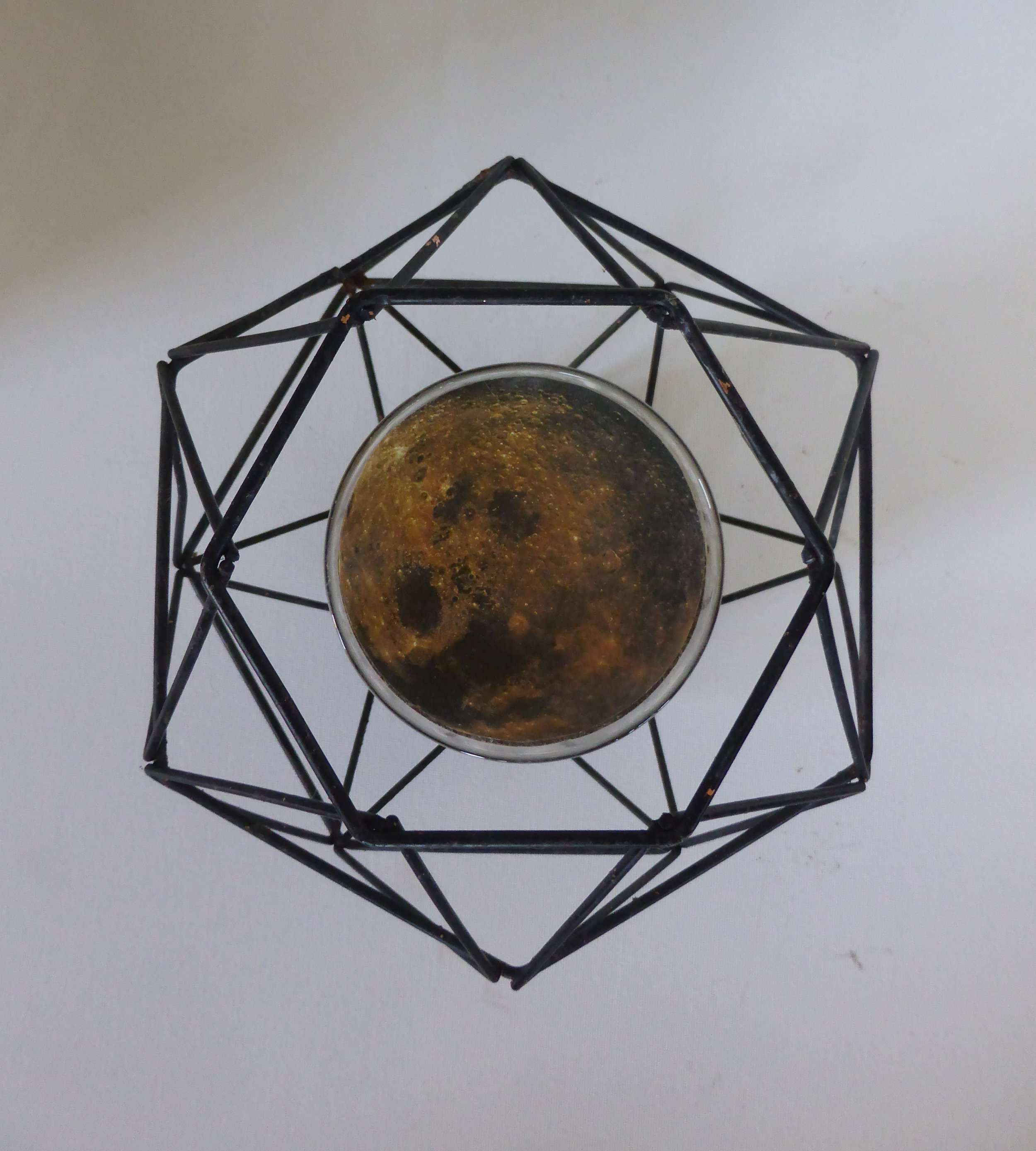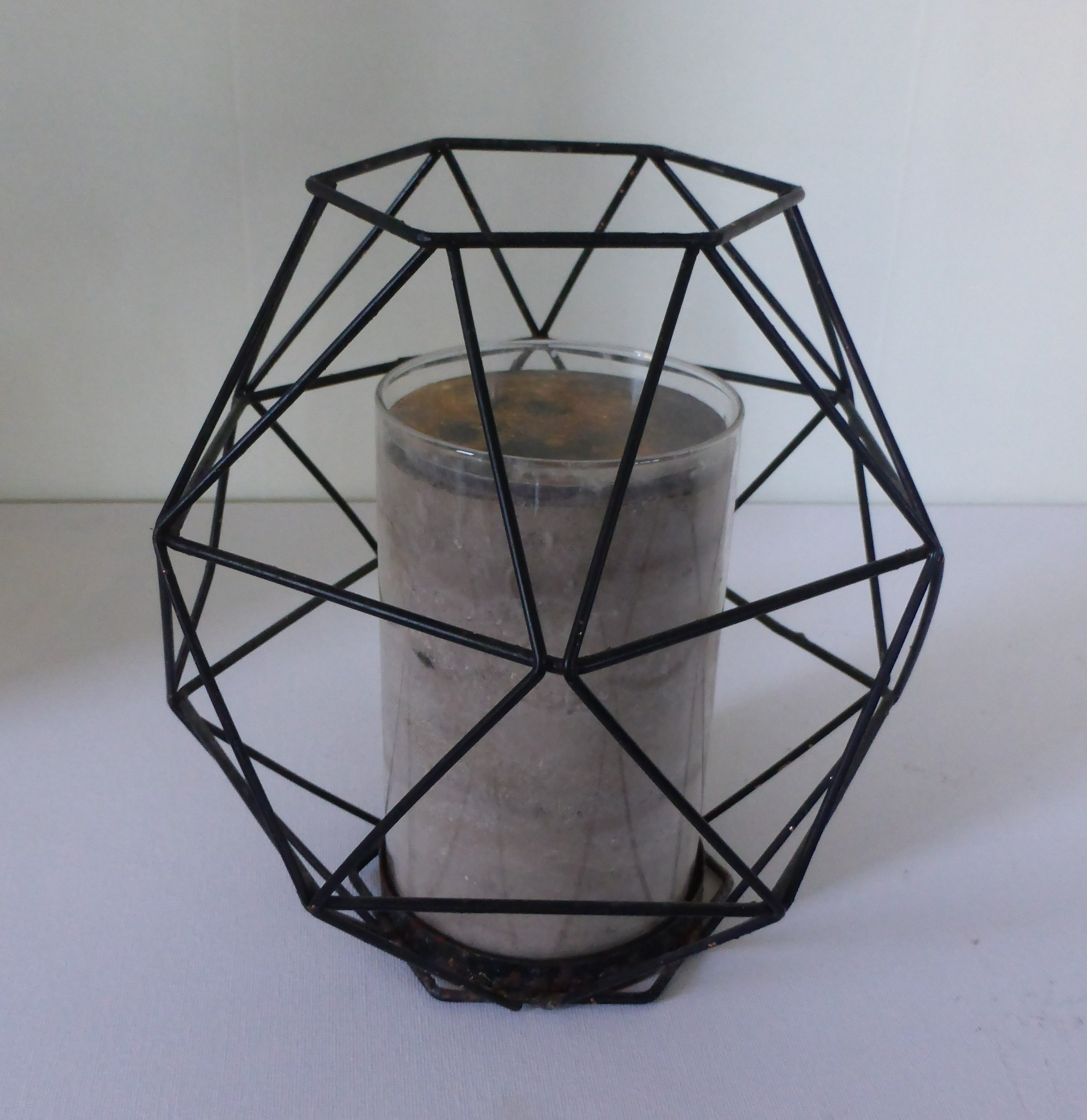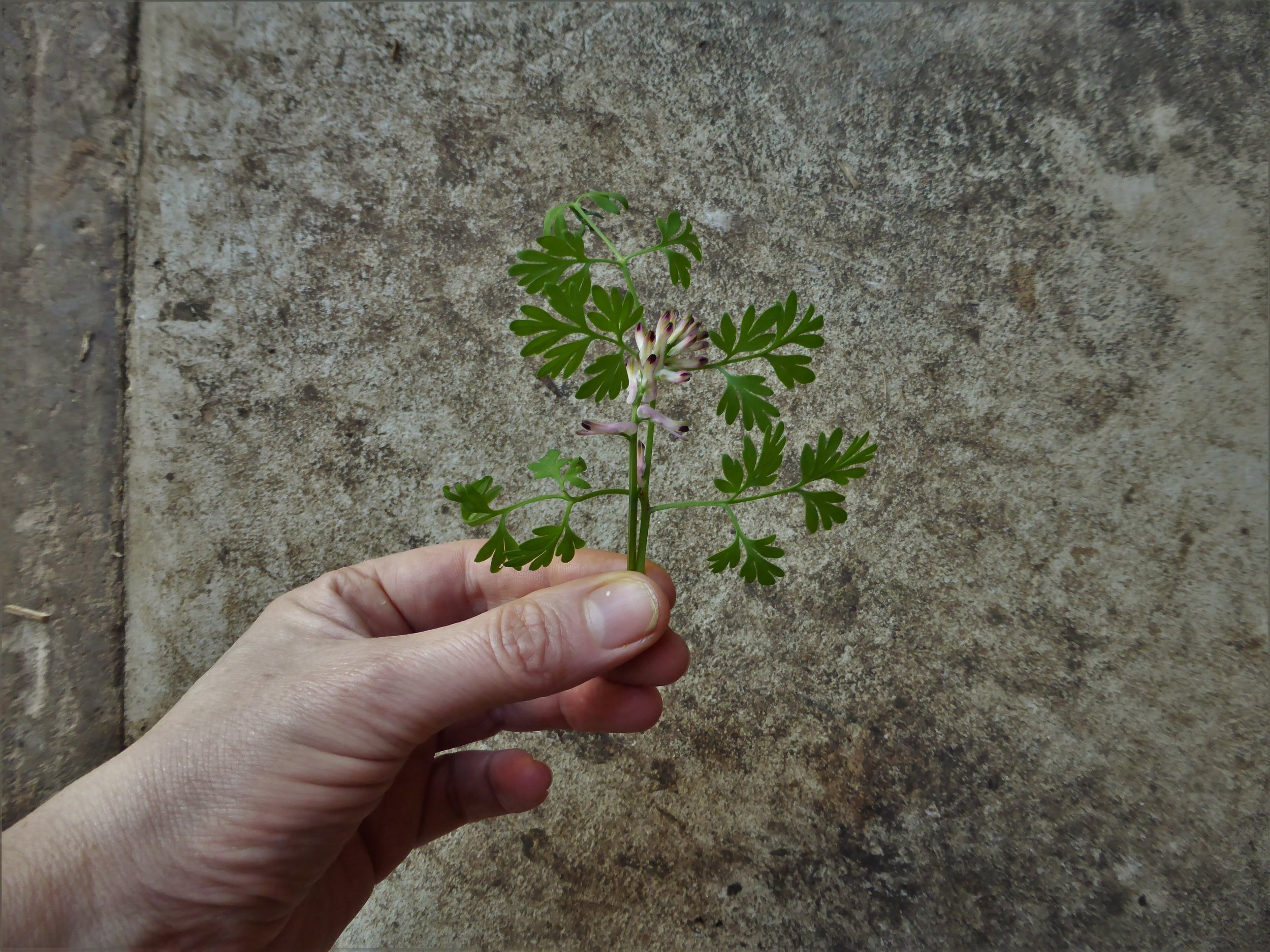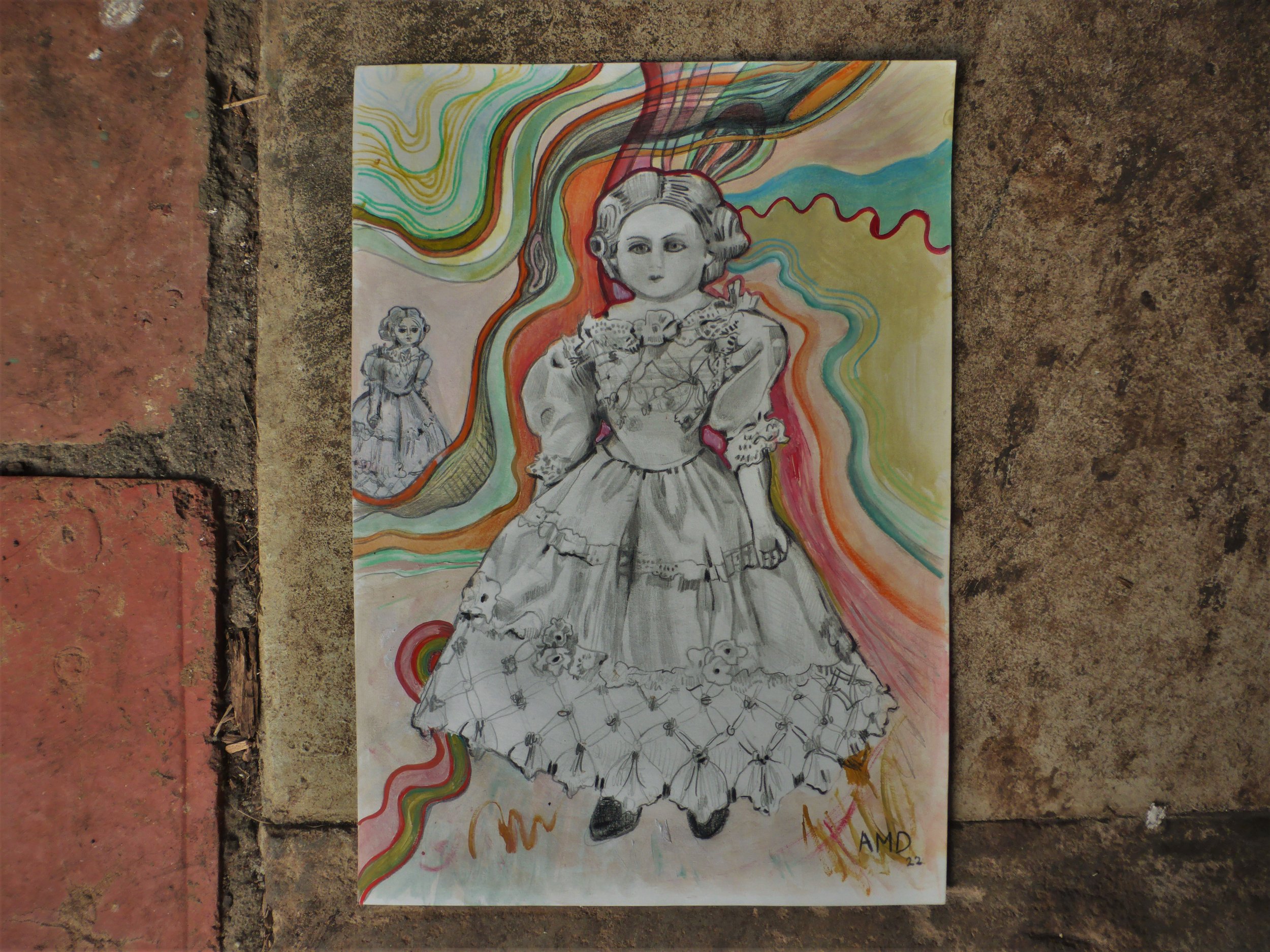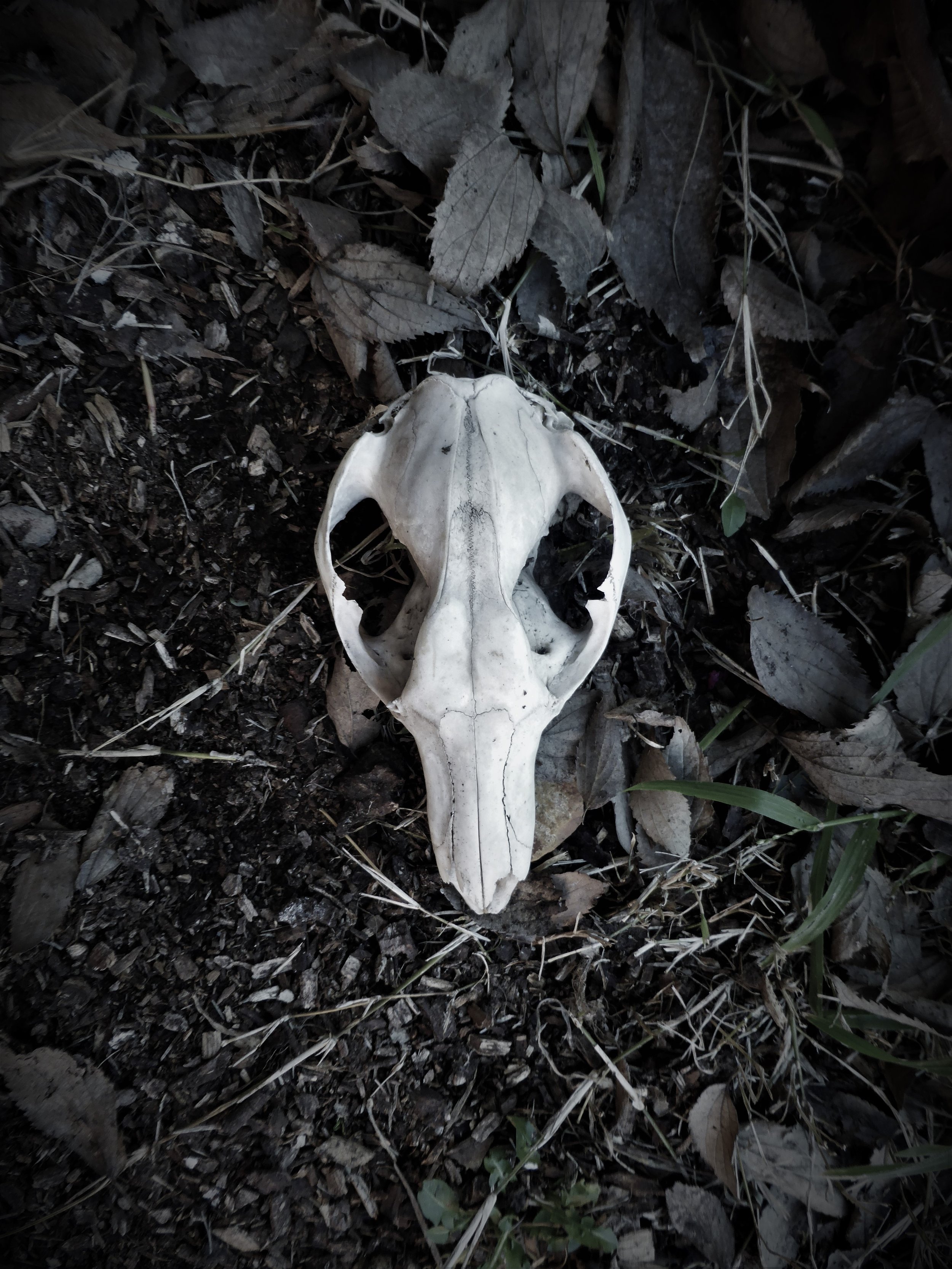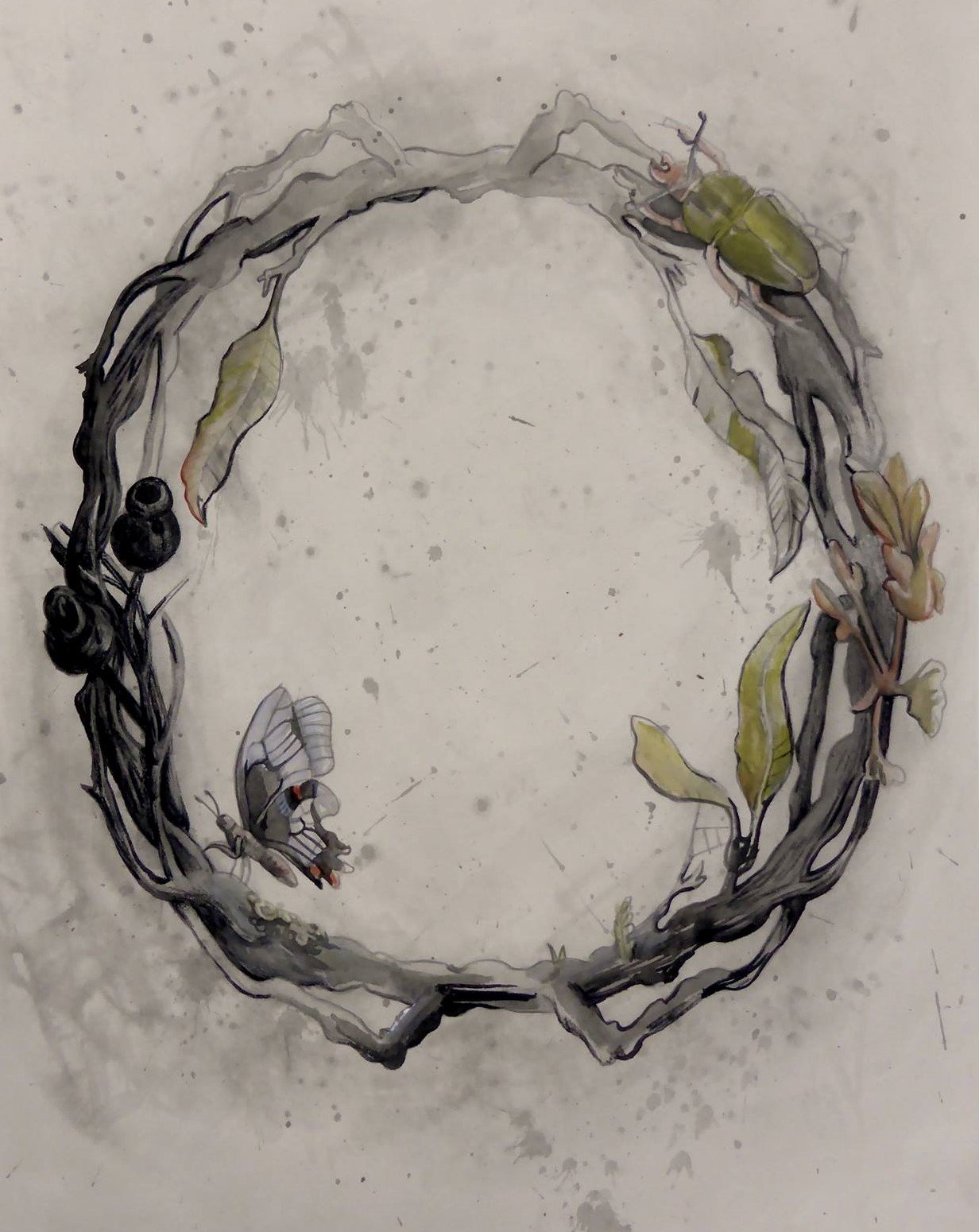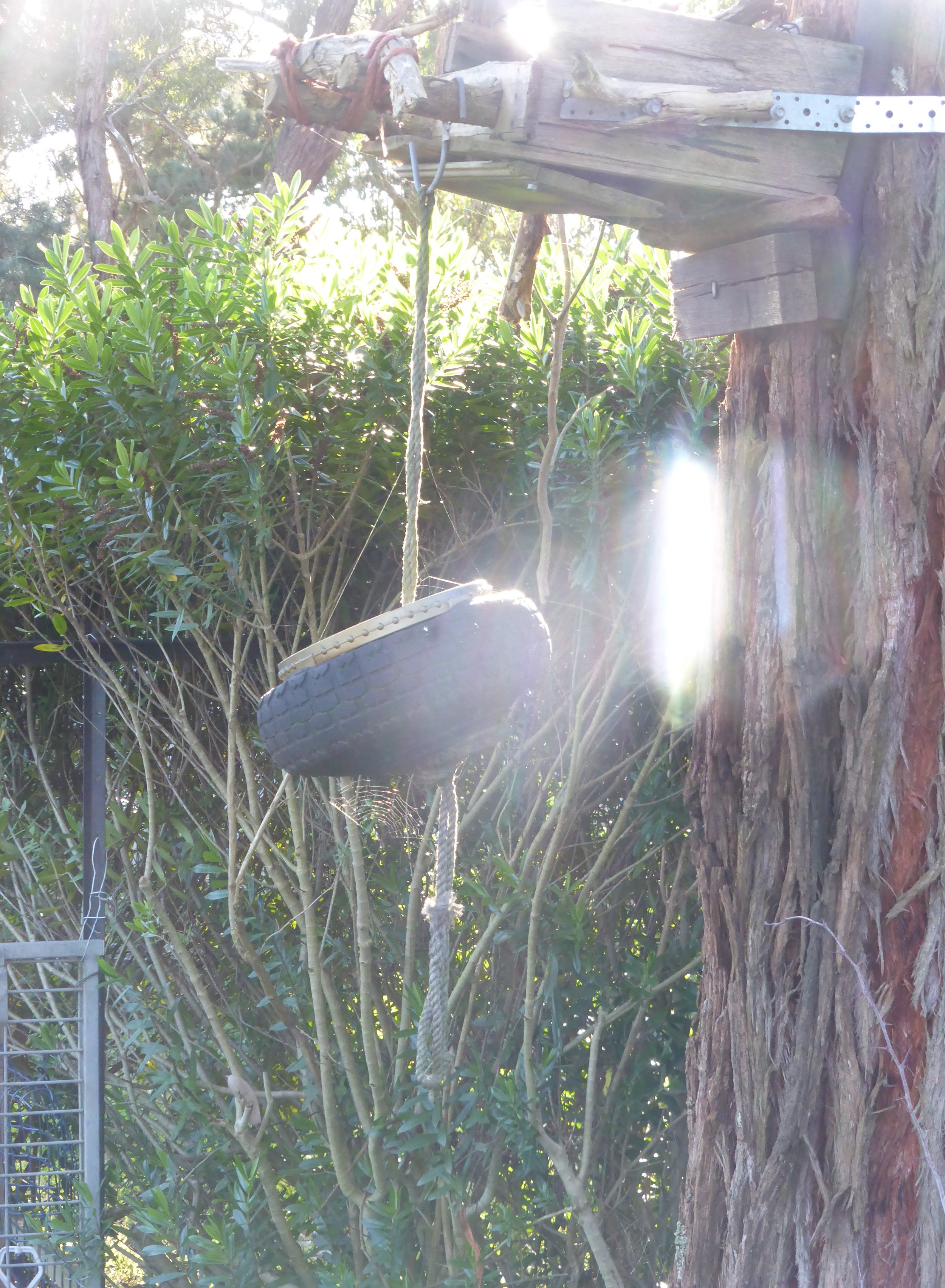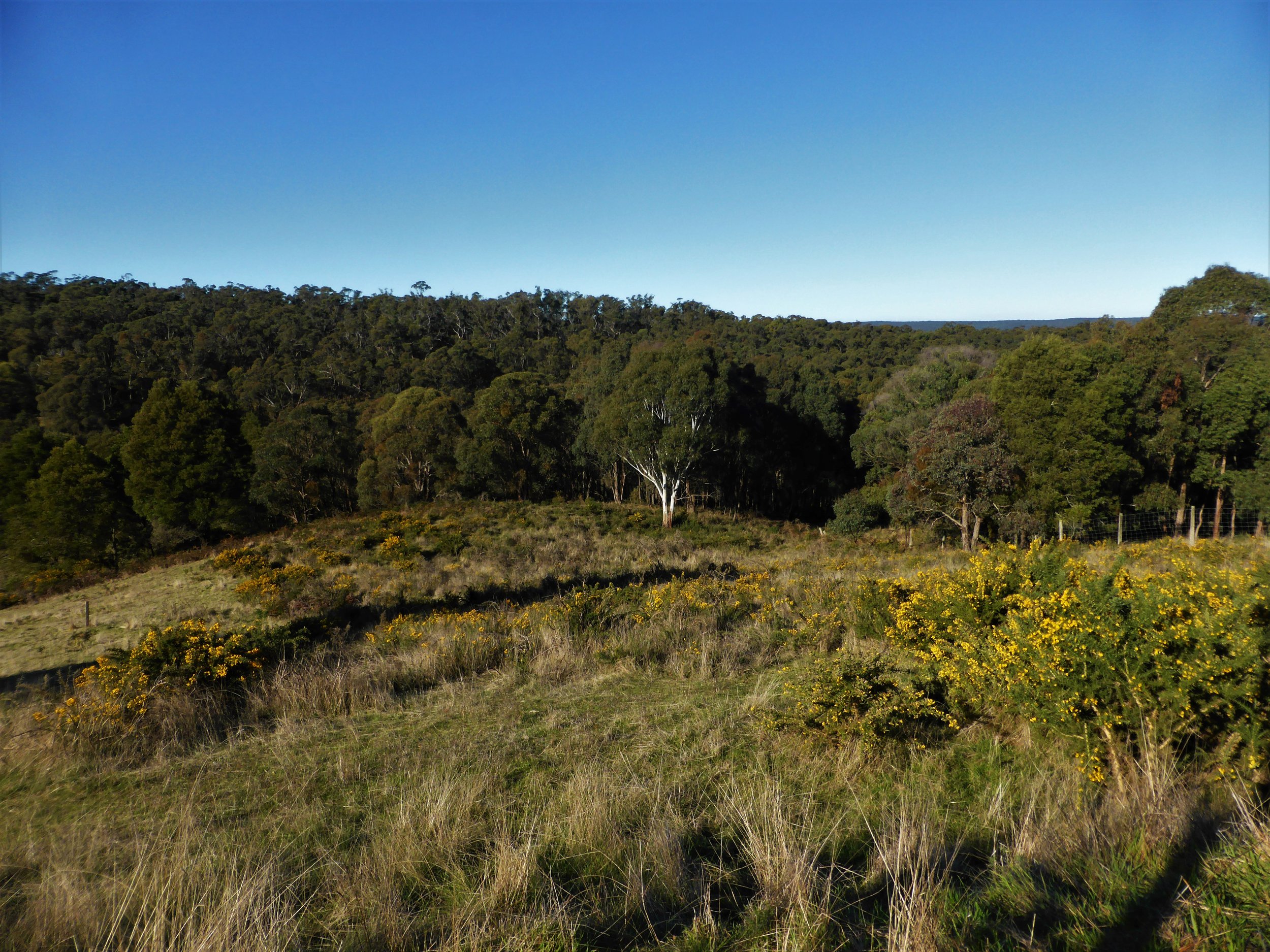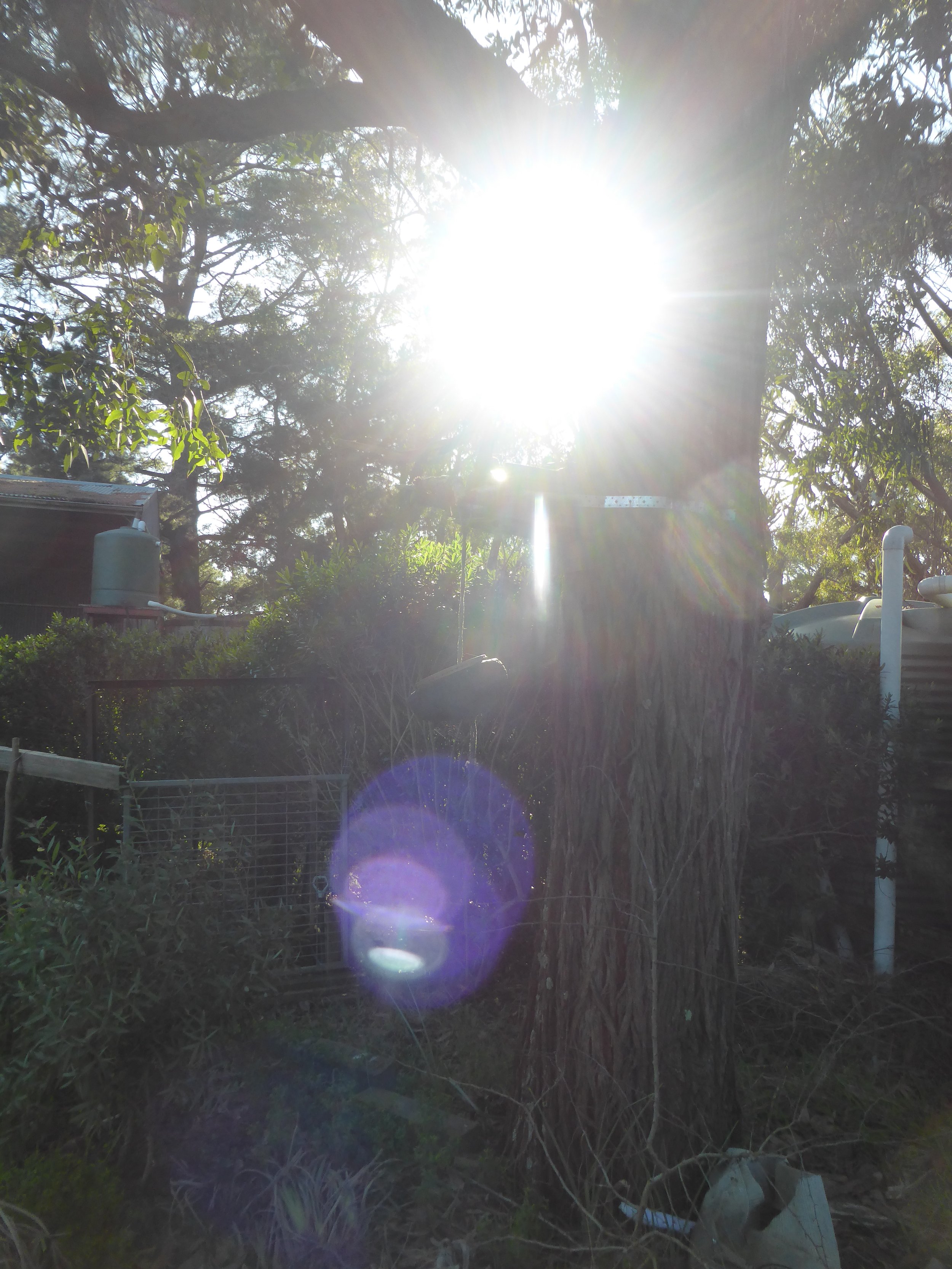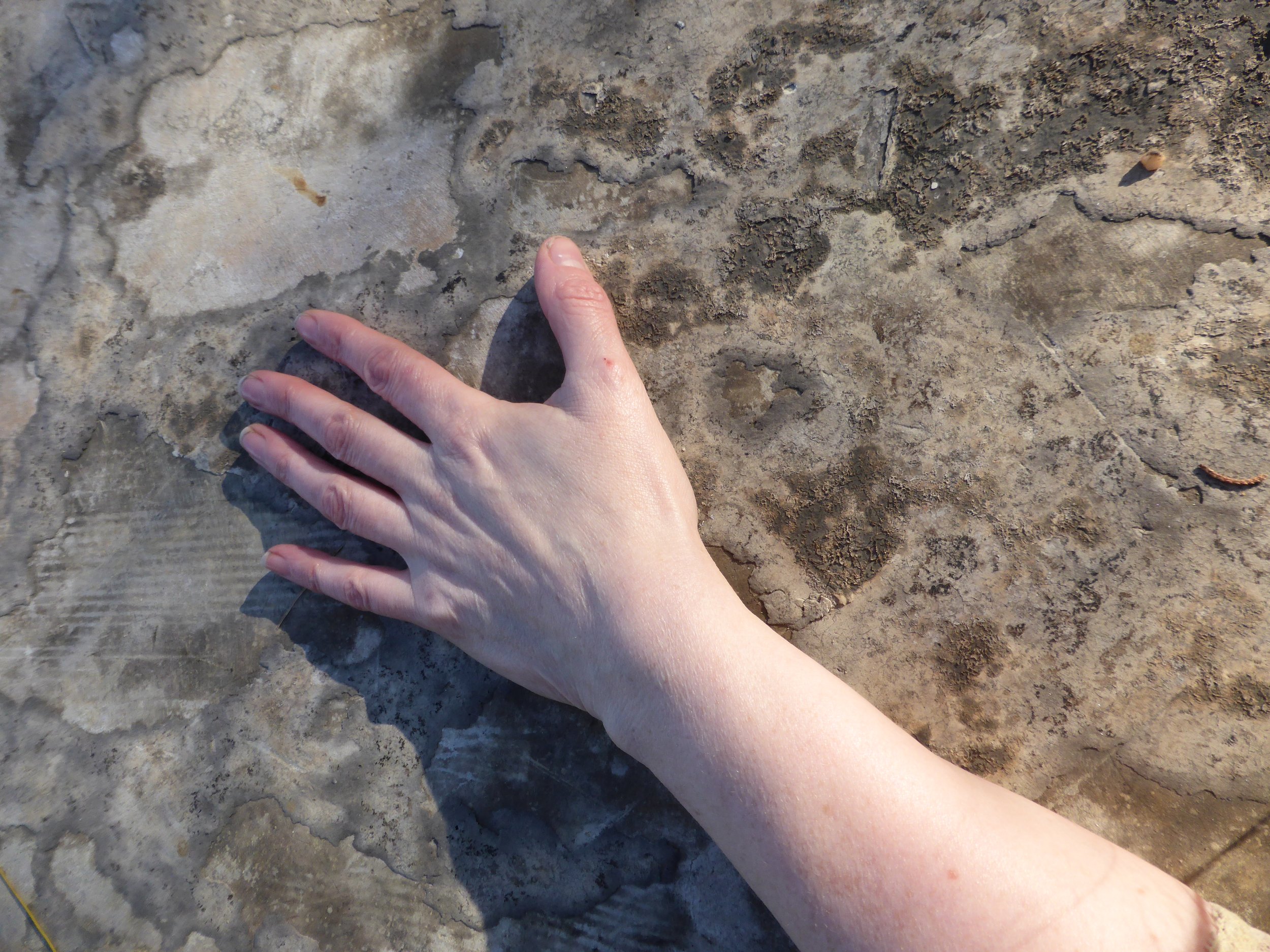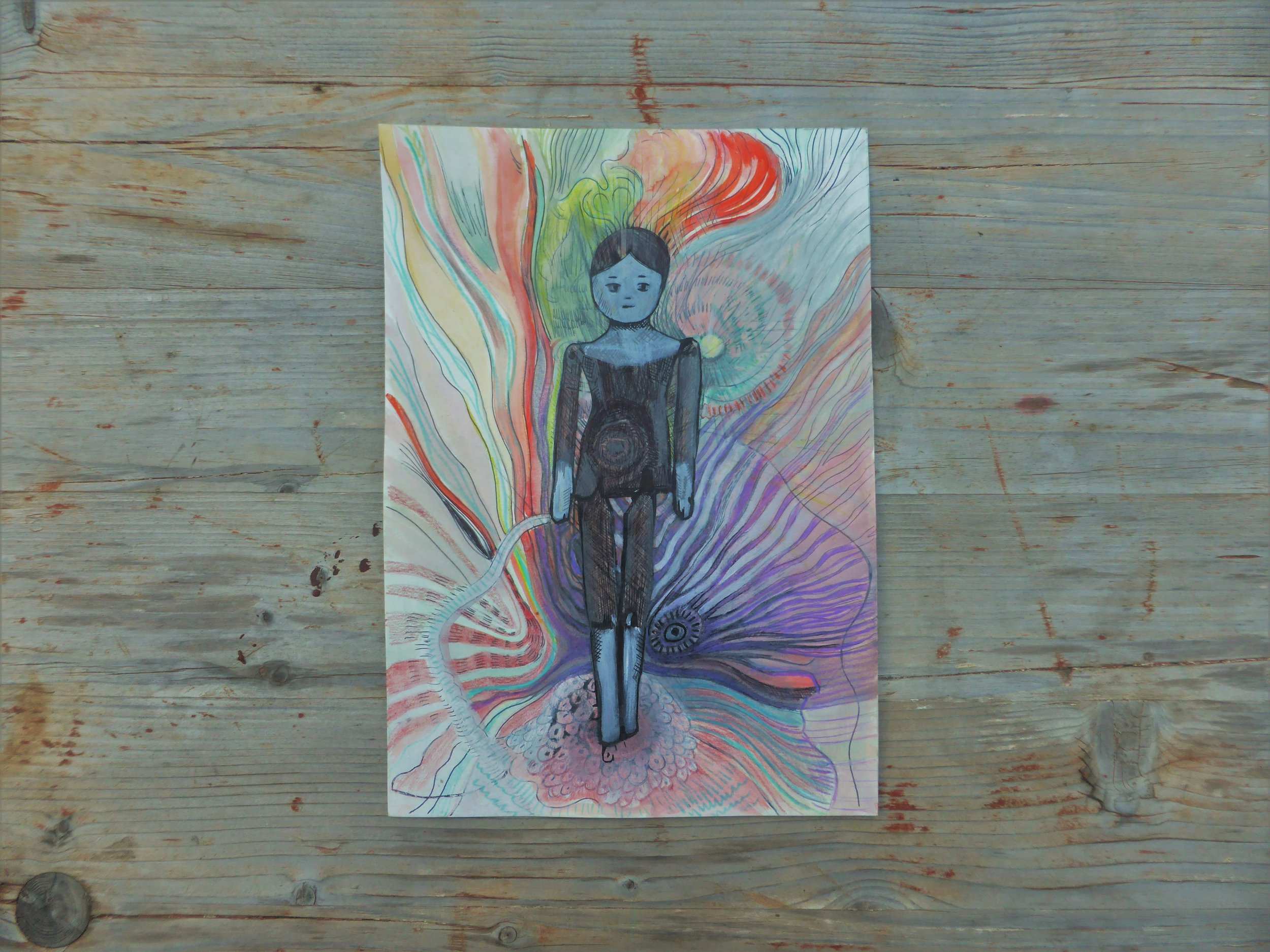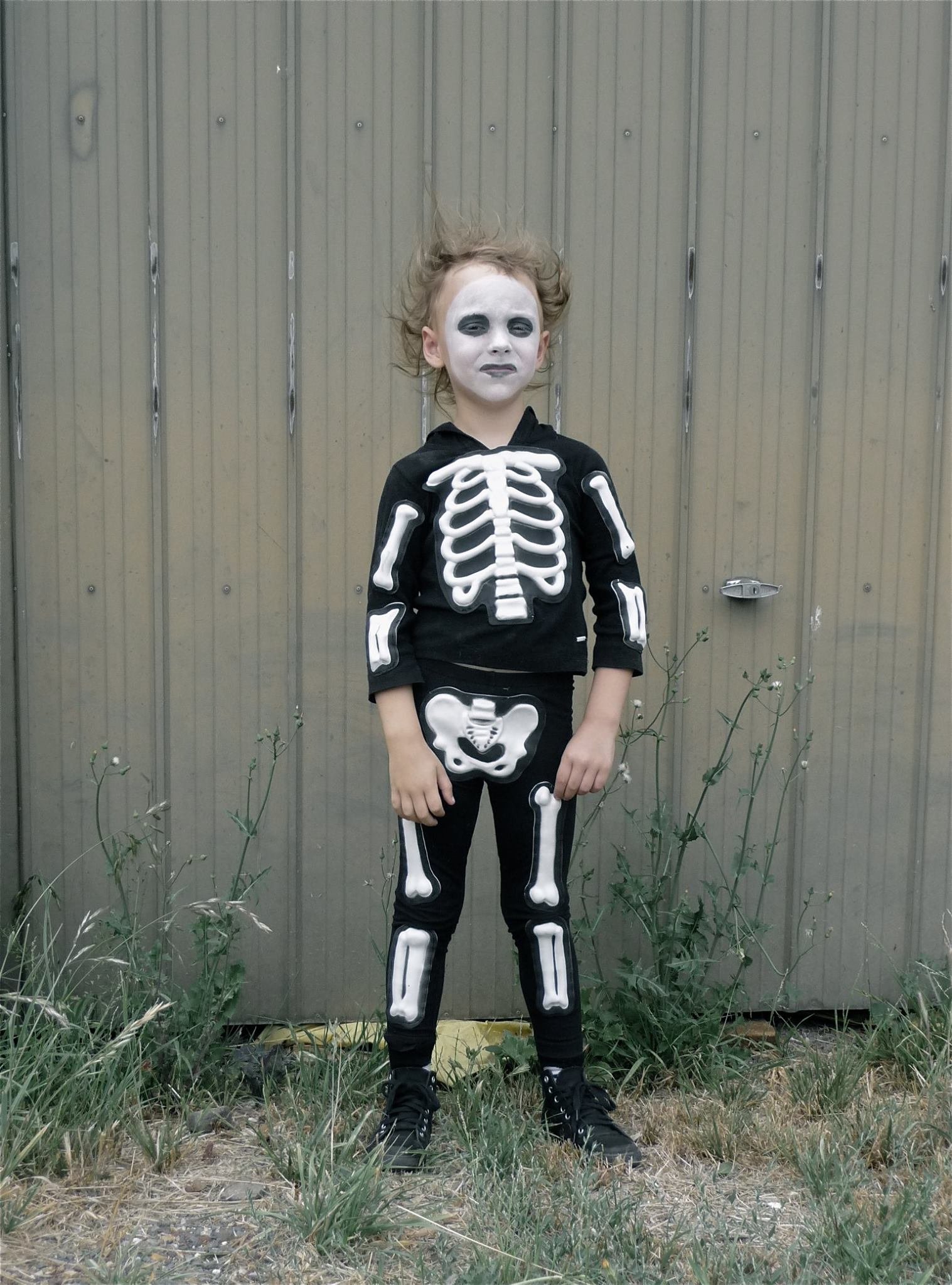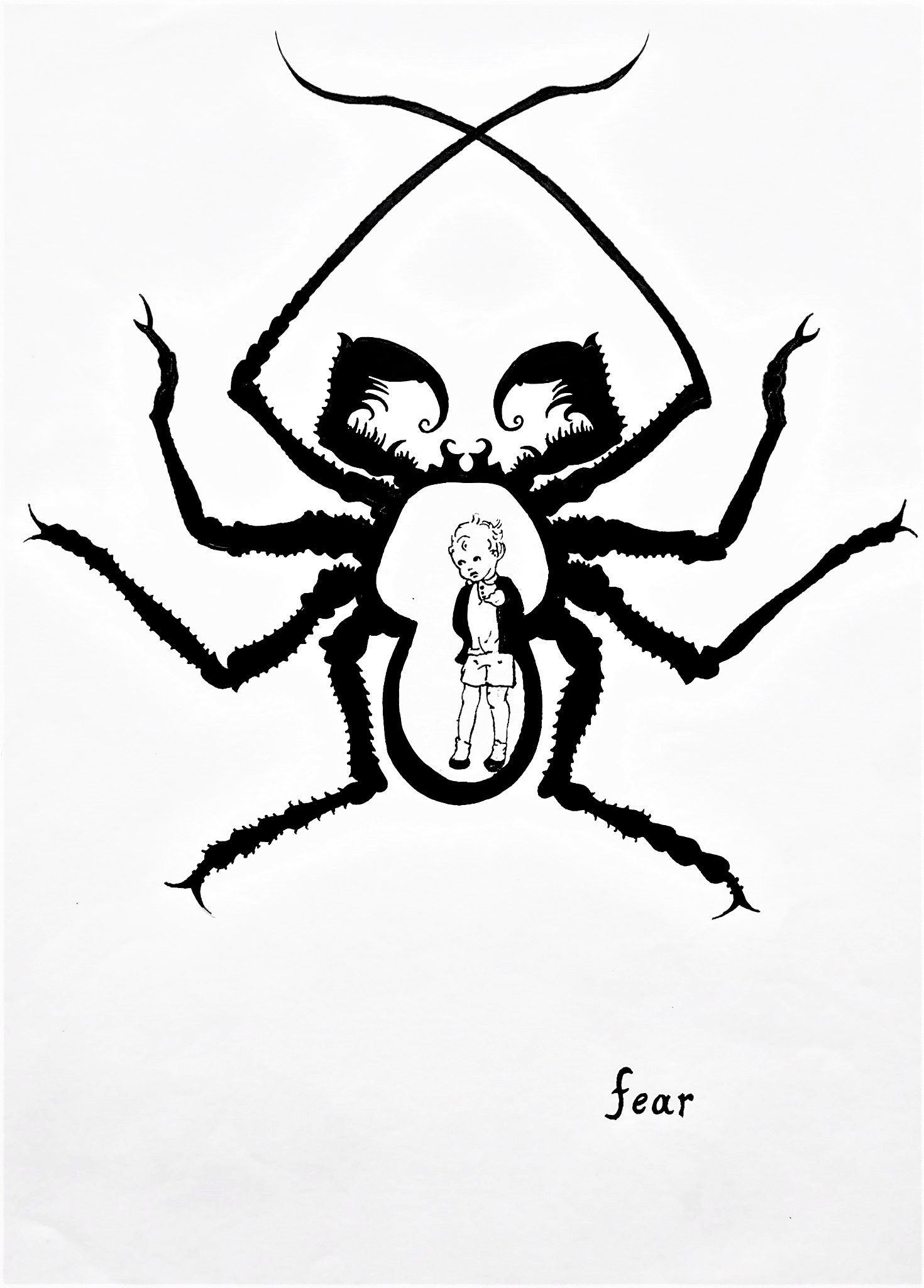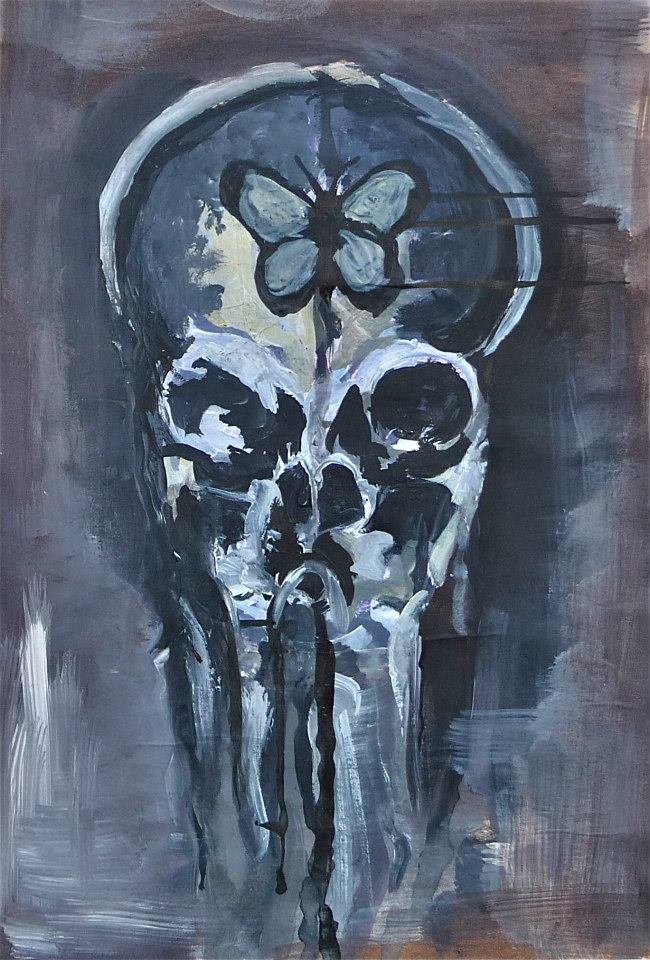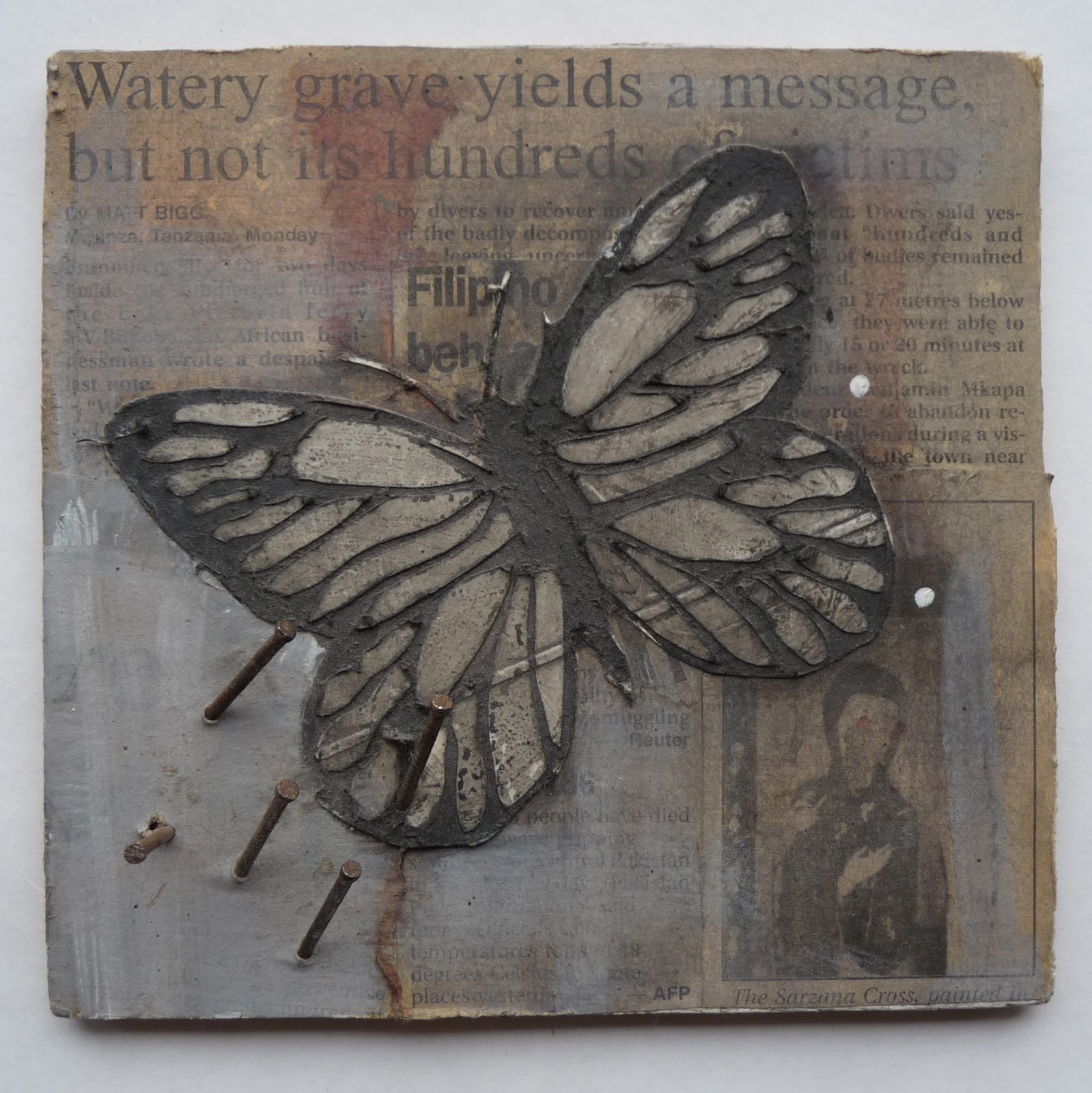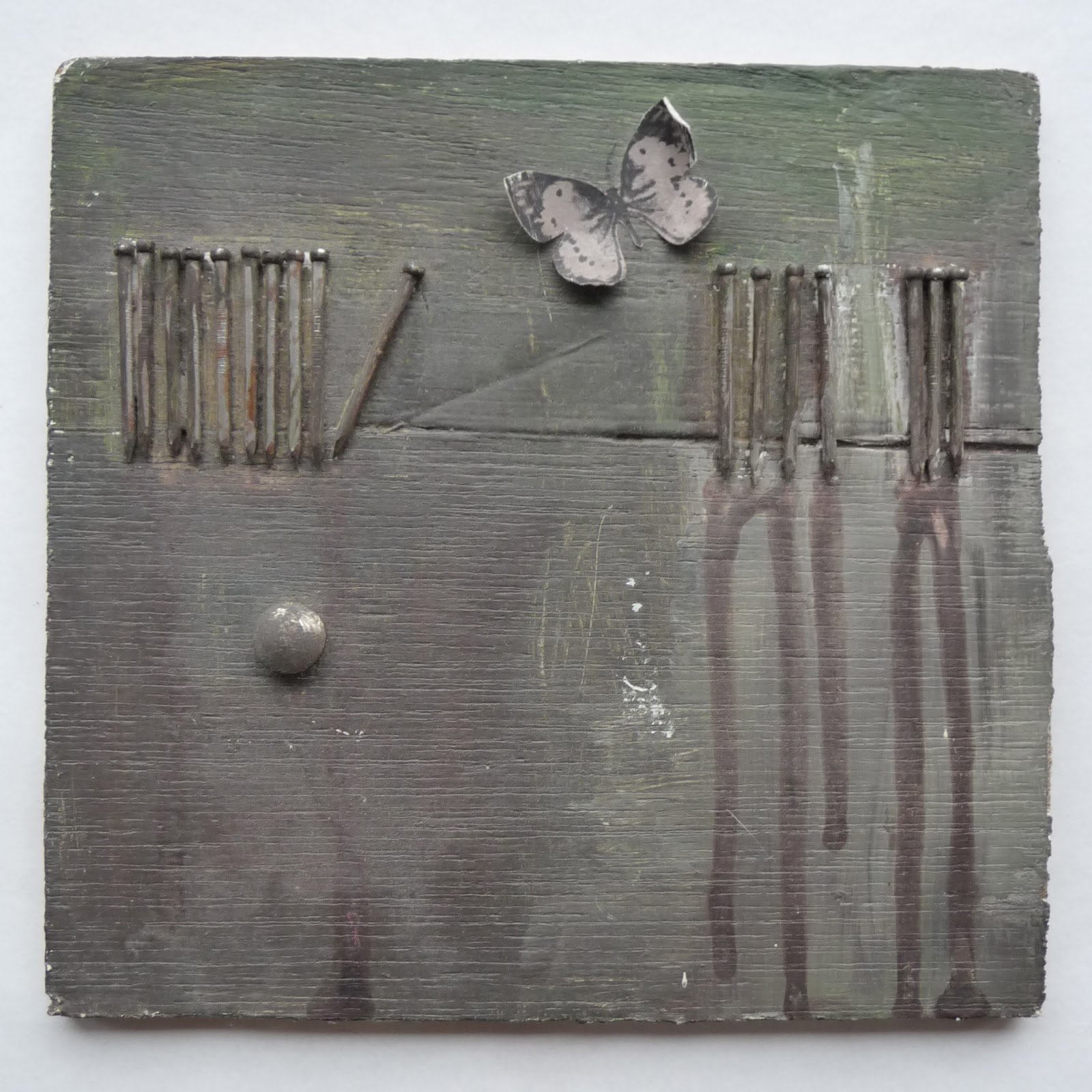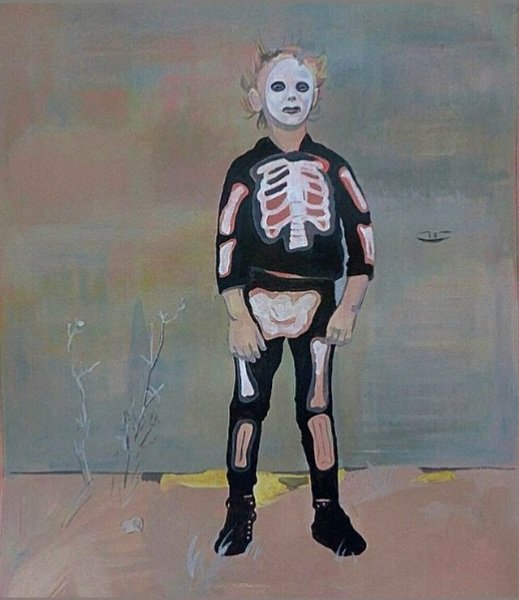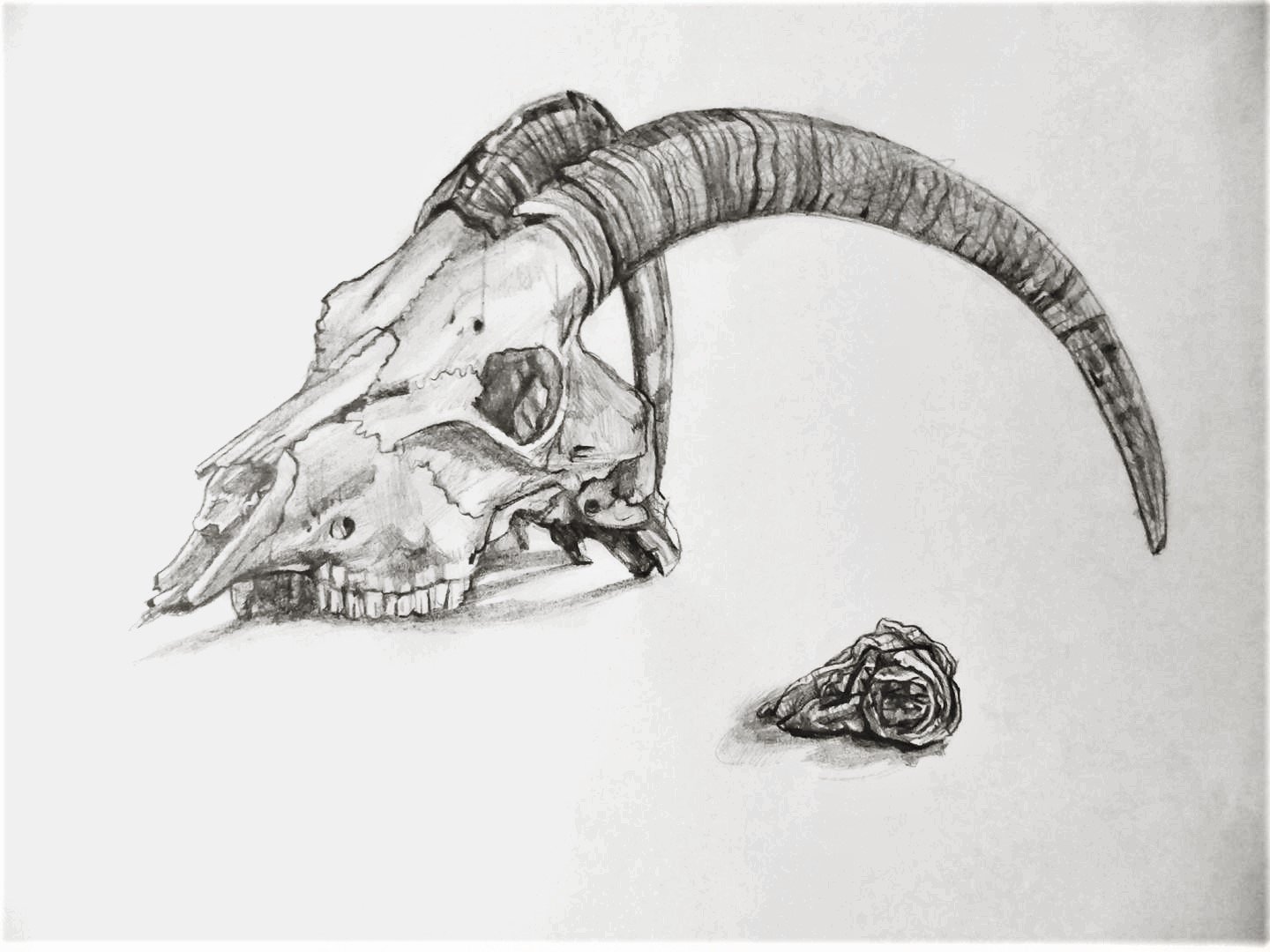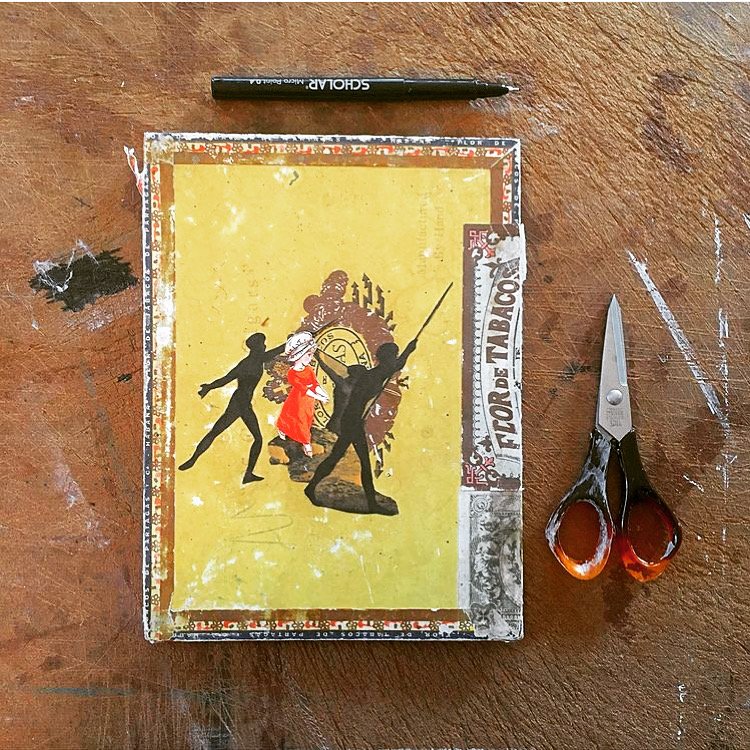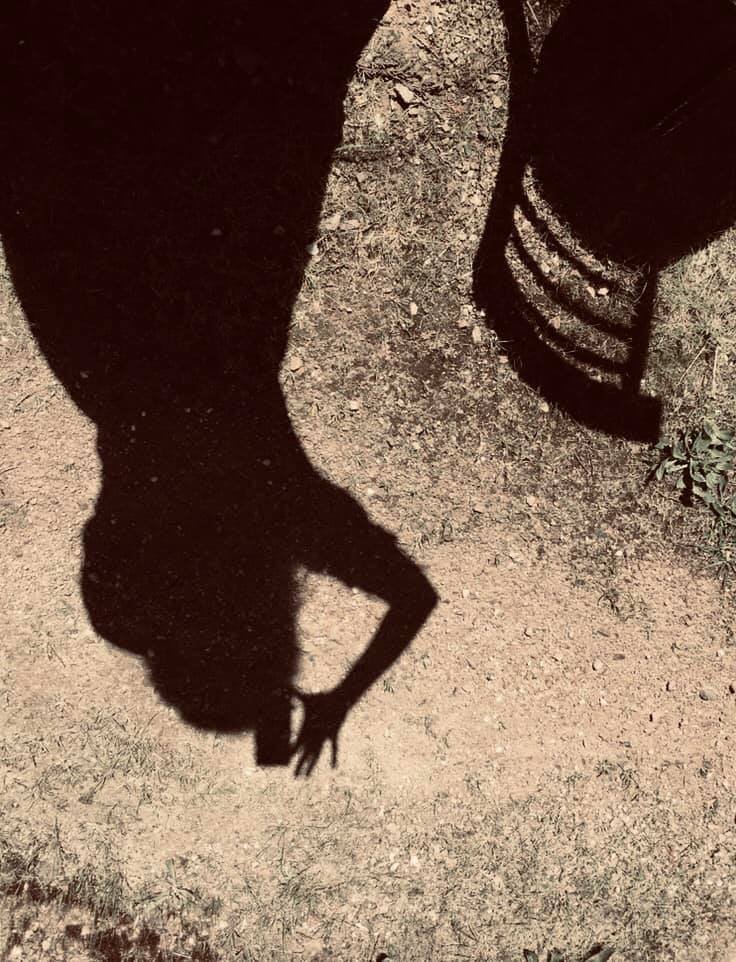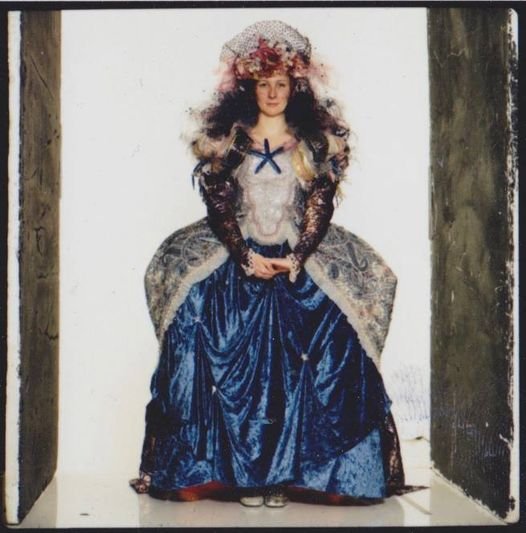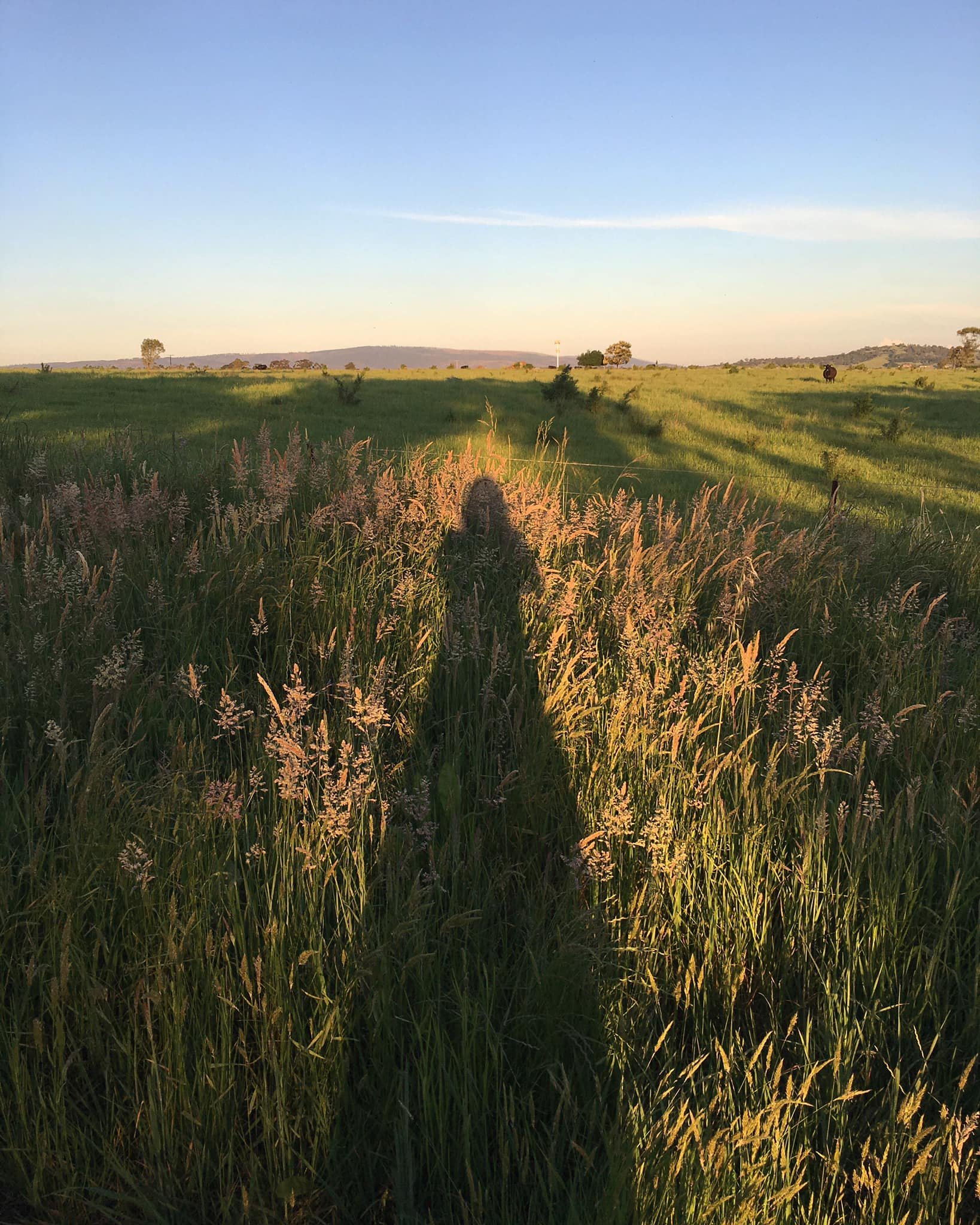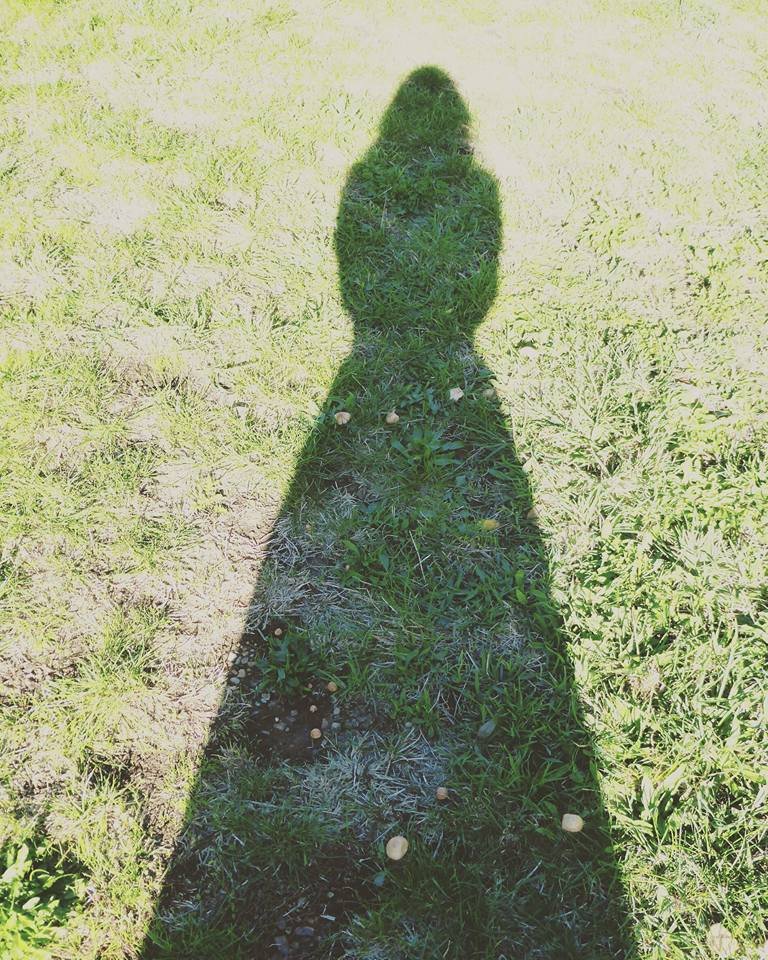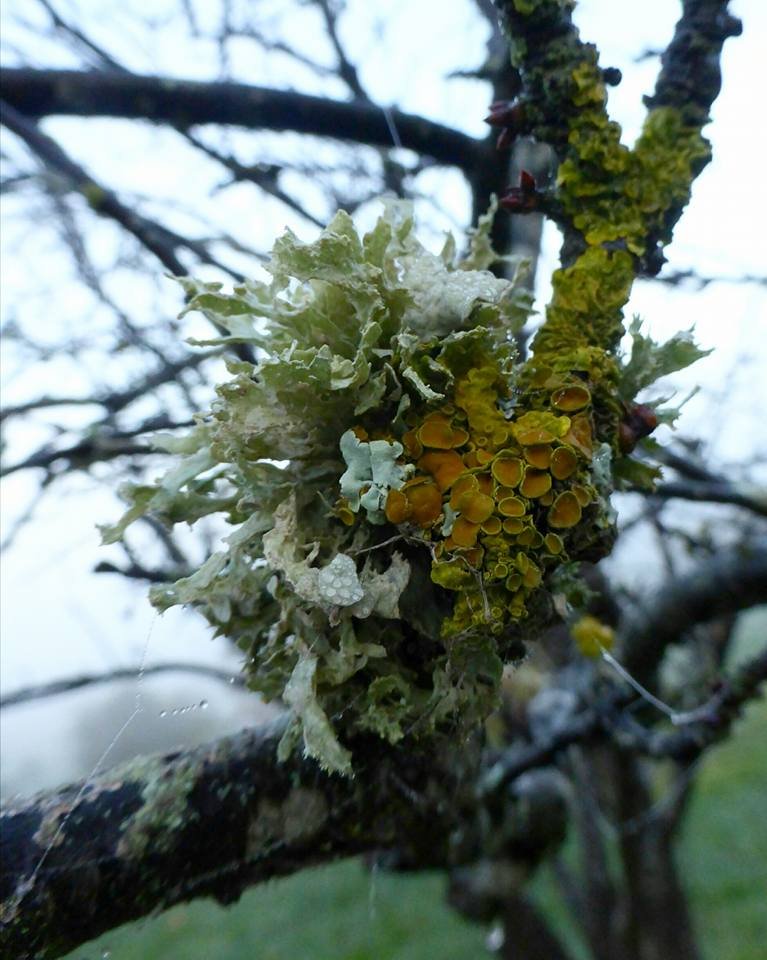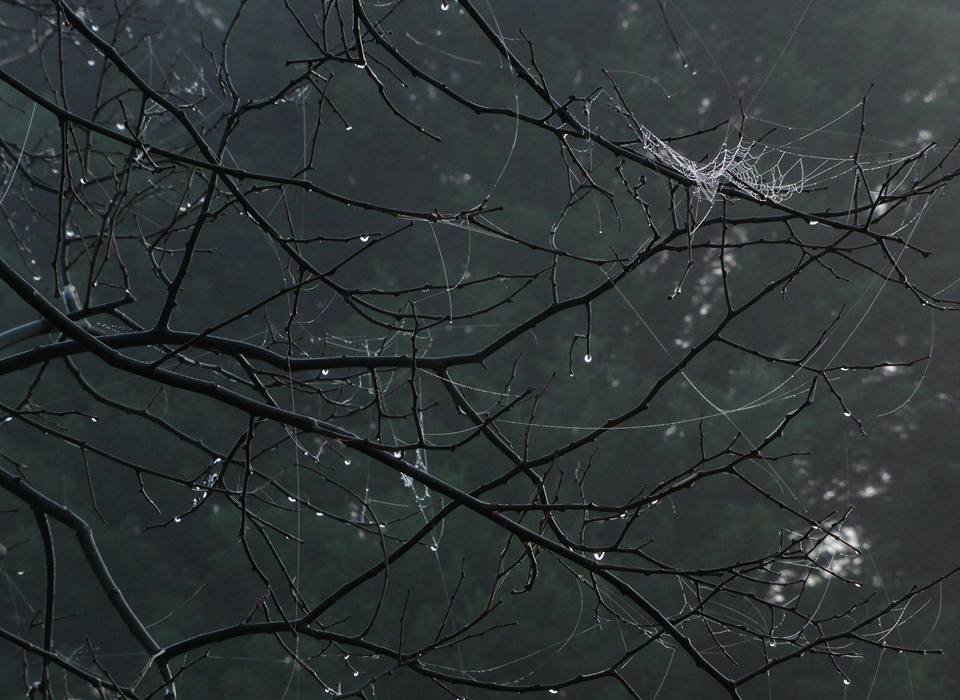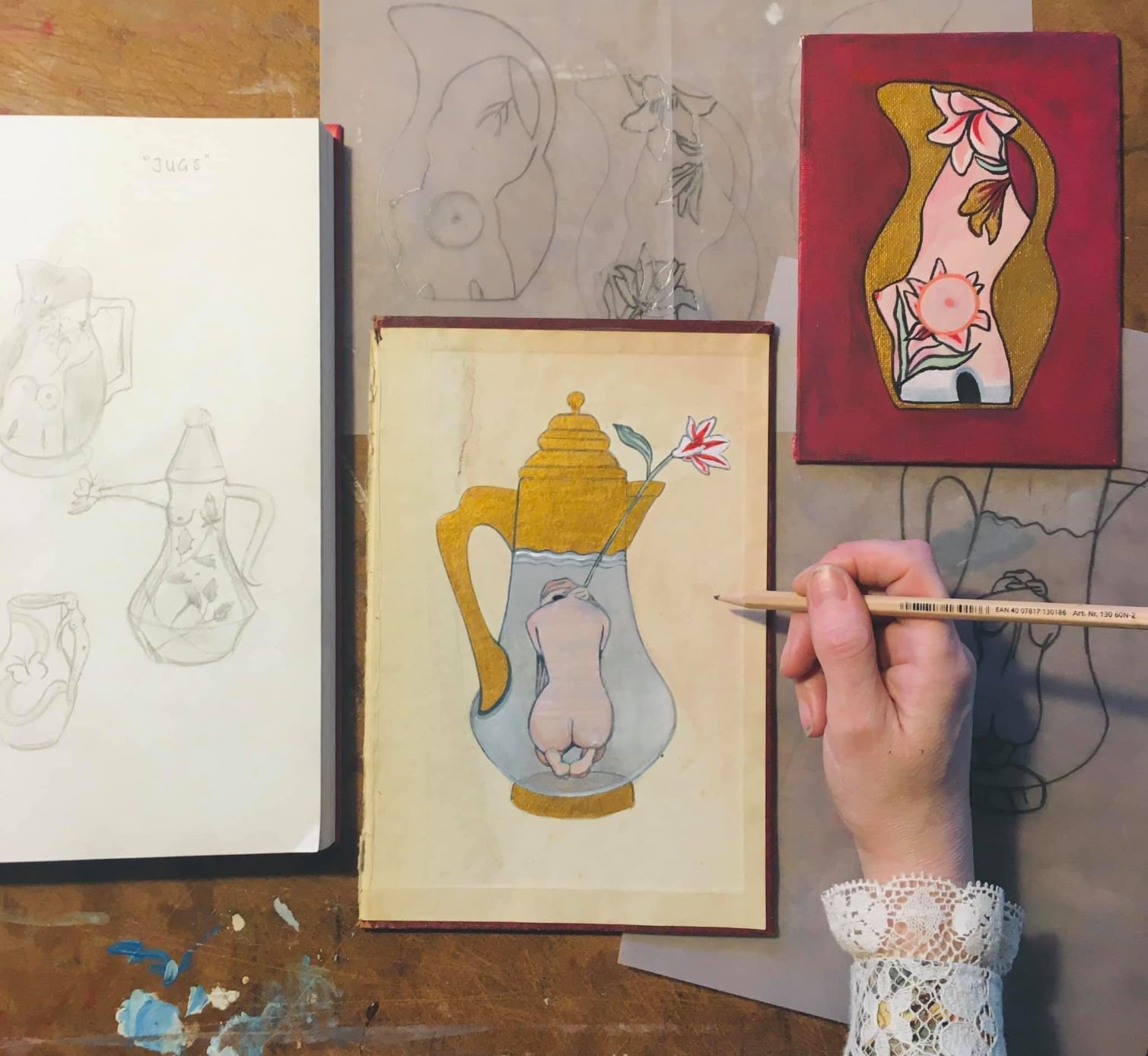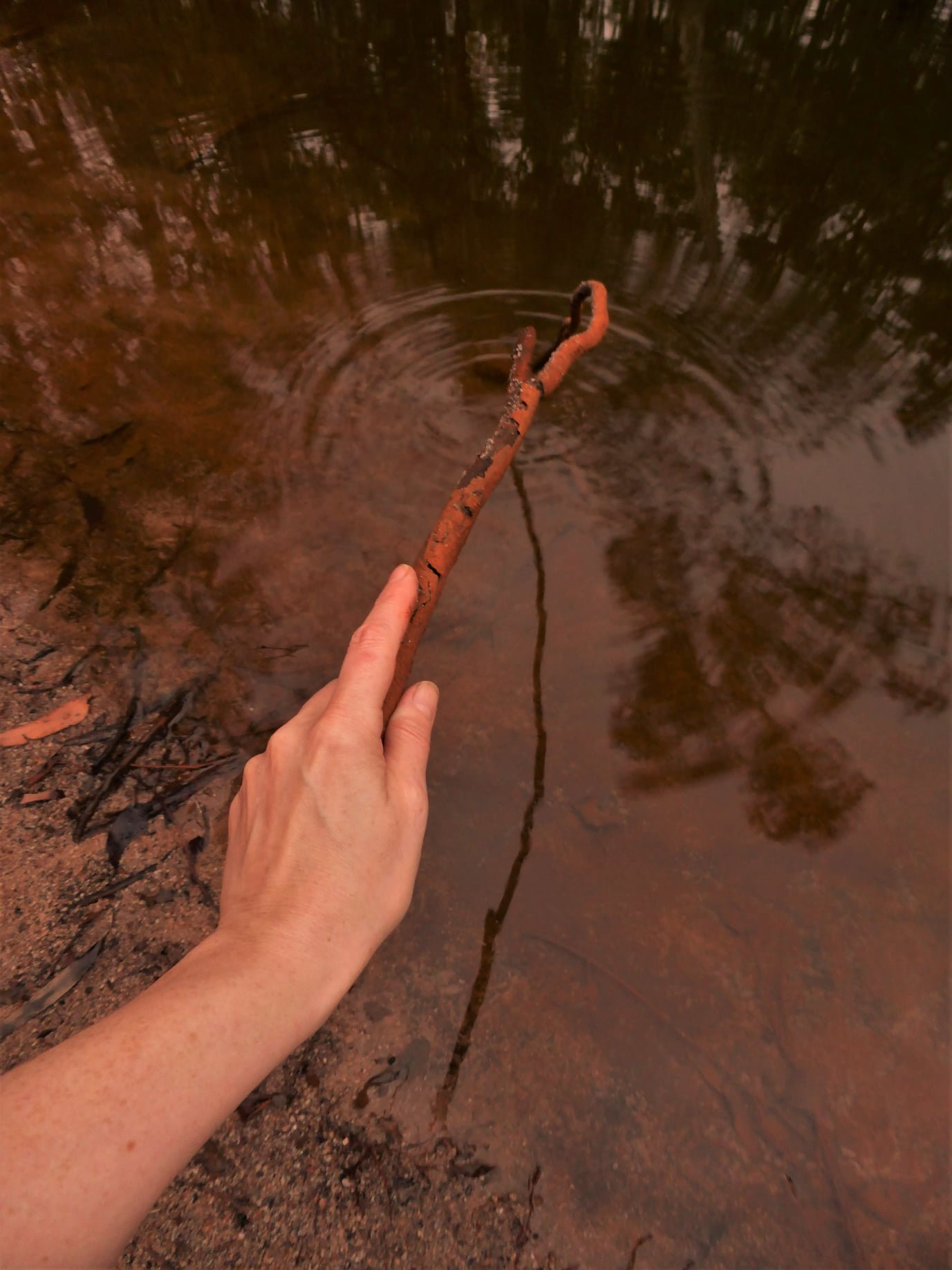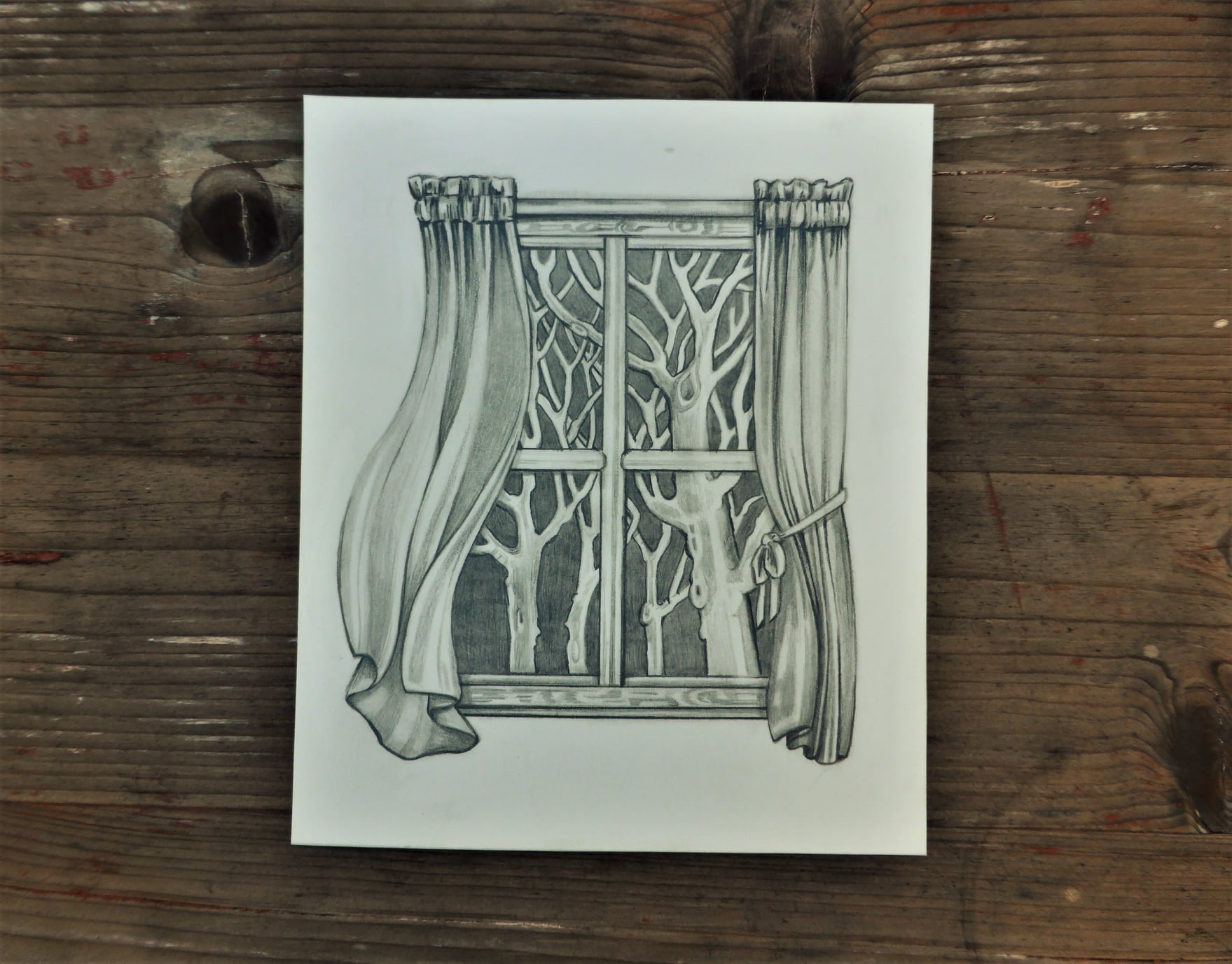The Awakening
Mother, 2019. Collage book cover.
This work was created after a session with a Psychotherapist, my first deep dive into therapy.
This therapist’s approach was not for me - it was Talk Therapy, but lacked the Jungian analytical approach that makes integration possible. It sparked, however, my own quest to bring balance and union between the conscious and unconscious parts of my mind and the art that emerged from these sessions reminded me how powerful creativity is as a tool for processing and integrating trauma and healing.
This first "Therapy Work", explores an ancient memory. It is the memory of breaking three china dolls that belonged to my Mother. I remembered, leaning on the first one and it smashed. I was only three then, still rooted in the collective unconscious, I lacked the awareness of what "fragile" meant…
So hugely symbolic.
The sound that the fine porcelain made upon breaking, that tinkling, was the most beautiful sound I had ever heard. So, intentionally, I broke the next doll just to hear that sound and then the next... And then my poor Mother came in.
Myself as a small child, pictured in my childhood garden with our pet cat, Agnes.
I had no concept yet of breakage, that these artefacts could not be put back together.
When I realised - witnessed the enormity of her grief and the loss of these beautiful dolls - I was devastated.
What my Mother saw was a willful and destructive child, through incomprehension of my thoughts and unawareness of that ecstatic, almost ethereal experience of sound. Often we misinterpret the child's intention, just as we misinterpret others' - their intention or experience - recognising difficult emotions, like anger or grief, but misunderstanding the root cause; believing that the destructive act, or the difficult emotion, is malicious and the sum and the all when it is but a shadow aspect and often the Innerchild - playful, willful, exploring, discovering, creating, destroying, attempting to make meaning from their interactions with the world around them/us.
Through my arts practice, consciously, these past five years I have been exploring these two aspects:
The Innerchild and The Shadow Self
I hope to offer creative intuitive workshops exploring these aspects of Self in the future.



